There are some injuries that will cause death before the arrival of EMS. Learning to manage these injuries rapidly and correctly is crucial to saving lives. This 3-hour course will give you a plan to identify and manage immediately life-threatening injuries occurring during an active shooter event, a bombing, or a disaster.
As a bystander, you are in the best position to provide first care and are a critical beginning to the emergency medical system. In the first 10 minutes after an event, the only people available to provide care will be “active bystanders,” those nearby private citizens who will step forward to help. This course will teach you the skills to manage those injuries while waiting for first responders.
“In a life-threatening situation, your brain will search your previous experiences for an anchor that tells it how to respond. Training, including mentally rehearsing how you would react, provides a hook for the brain and speeds your assessment process and therefore your action.” – FEMA’s Be the Help Until Help Arrives
This foundational course uses photographs of actual injuries, diagrams of wounds, and step-by-step demonstrations. The material is presented in an easy-to-understand, directly applicable way. We will give you a plan and the anchor you need to manage these events.
The first time you see massive bleeding shouldn’t be when you’re being called on to give life-saving medical care to a loved one, a neighbor, or a school child. After taking this course, you will have a strong foundation to identify immediately life-threatening injuries and save lives.
This course goes beyond the Stop the Bleed curriculum by addressing other preventable causes of death and will teach you how to use most public-access hemorrhage control kits. It also is consistent with the Tactical Emergency Casualty Care Committee’s Active Bystander Guidelines. In the time it would take you to watch a favorite film, you could learn to save lives.
You can make a difference by being a force multiplier for good.
This course covers:
The importance of keeping yourself safe
The survivability of gunshot wounds
How to rapidly evaluate casualties in a high-risk environment
Assessment and management of massive hemorrhage with tourniquets and wound packing
Basic airway and breathing assessment
Clarifying the “sucking chest wound” and it’s actual significance
The importance of the recovery position
The impact of hypothermia on a casualty’s survival
Know what is in a public access hemorrhage control kit, why it is there, and how best to use it.
No prior medical knowledge or training is necessary. This course is ideal for teachers and administrators, office workers, faith communities, youth leaders, and everyone in the modern era. For those wanting a more robust training experience, you might want to look at the Tactical Casualty Care course which covers all of this material in more depth and adds additional skills.
This CE activity is accredited for 3 Basic CEH by Crisis Medicine, an organization accredited by the Commission on Accreditation for Prehospital Continuing Education.
Students have 3 months from purchase date to complete the course.
Course Features
- Lectures 19
- Quiz 1
- Duration 3 Hours
- Skill level Beginner
- Students 545
- Certificate Yes
- Assessments Yes
Leave A Reply
You must be logged in to post a comment.

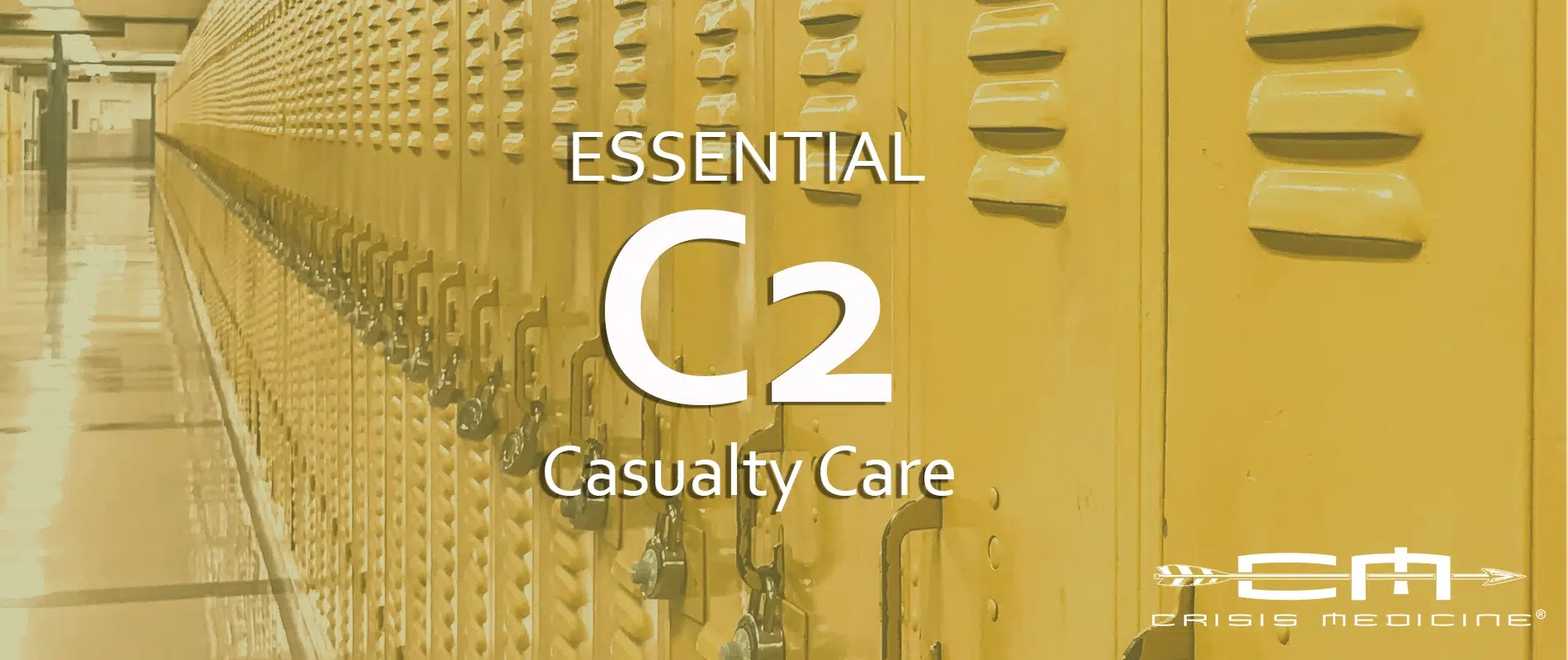
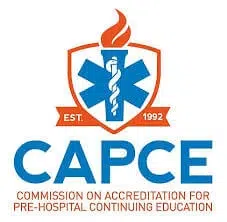
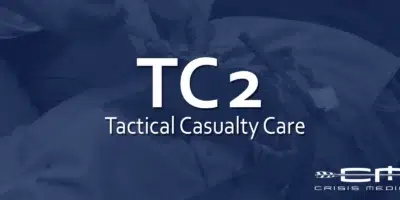
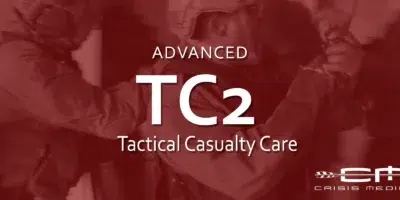
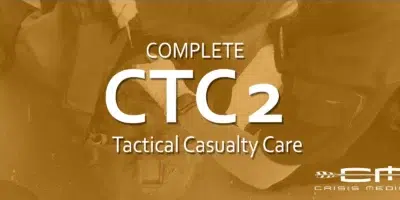
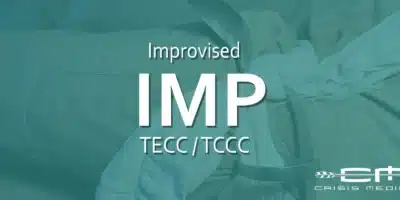
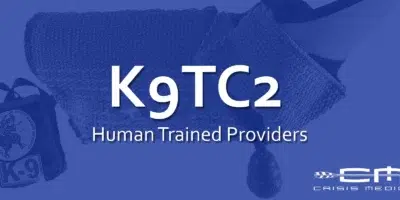
7 Comments
I enjoyed and highly recommend this course! Anyone who has taken Stop the Bleed and/or CPR classes would upgrade their skills and knowledge. Anyone with no prior classes would also benefit from the course. Two Thumbs Up!!
Highly recommended for laypersons who have taken CPR/First Aid courses from AHA or the Red Cross and are looking to get more knowledge and skills to be better prepared in case of an incident involving life-threatening trauma or a mass casualty incident.
This is a good introduction similar to a Stop The Bleed class but more in-depth, more practical, and real than what is usually taught. The reality of trauma, fatality rates, and mechanisms of injury are also more plainly laid out.
Great course. I like that we were exposed to real-life visual examples to better prepare us. There was a lot of material covered but was kept to the most pertinent for what a citizen might encounter.
Very knowledgeable and experienced instructor. Dynamic and visual. Much information I can use in my first aid classes.
Excellent course, very clear and precise. It presents examples of real situations and above all well explained.
Great course, very informative and specific for real-world situations!
Great course and a lot of good information. Looking forward to more.